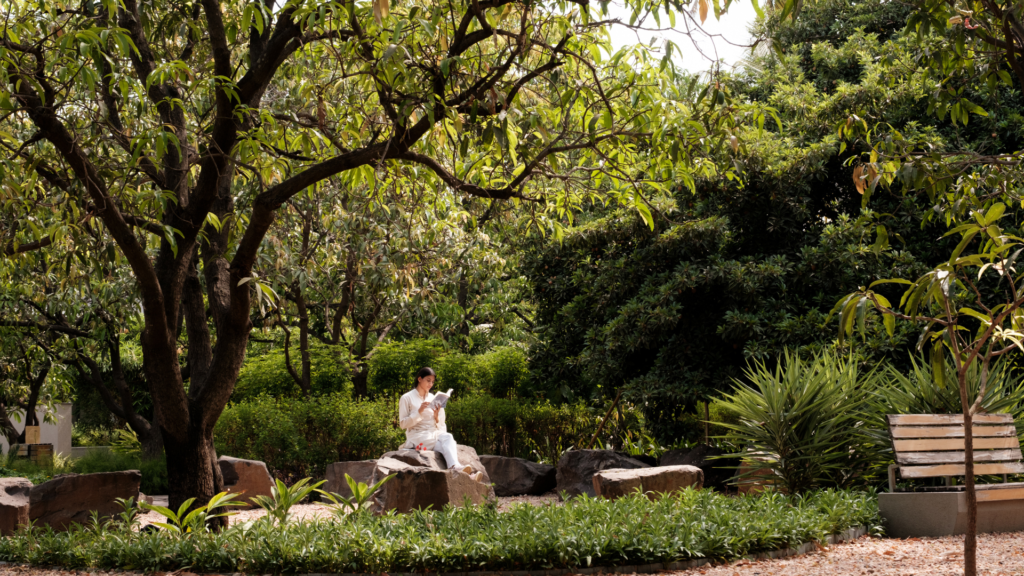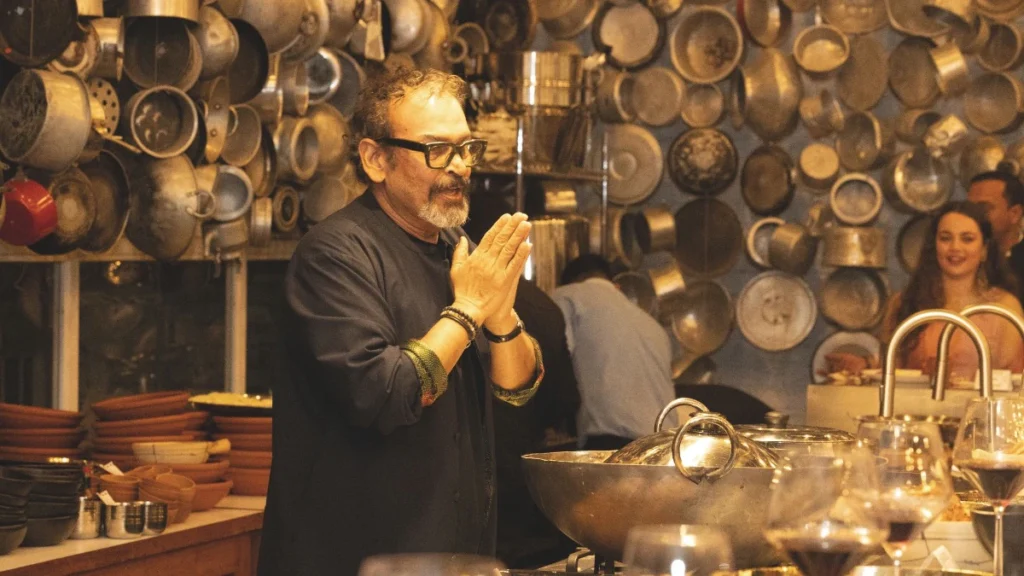As an avid reader, I have always been biased towards books over movies. But every now and then, an adaptation stands out independent from its source text, if not for the same degree of impact then for the novelty. Taking a text relevant to an era and shedding light on it for a completely different generation is an art. And on a closer look, it’s the subtle nuances that bring this representation to life, playing with originality and tweaking it with one’s own aesthetic additions.
The mise-en-scene of a film is precisely the paraphernalia of the special tools and methods employed to generate this relevance. Literally translating to “placing on stage” in French, mise-en-scene is not really a production term. Rather, it is used by film critics and connoisseurs for a holistic analysis. It is a concept. It is an umbrella term that takes into account all visual elements. Adaptations undoubtedly possess the radical power to bring an established idea into new light and serve sometimes an altogether new purpose with it. A director is an artist by himself, as much as the author whose work he plans to recreate. It may be said then, that in order to create a piece of work replete with new energy, it is not just the visual, but even the narrative technique that undergoes a dynamic scrutiny.
Greta Gerwig’s Little Women
The case in point for this review is a movie I recently sat down for during the quarantine: Greta Gerwig’s 2019 adaptation of Little Women by Lousia May Alcott—a revolutionary novel published in 1868. A novel narrative structure in the movie brought to life by warm characters and setting, making it hard to look away. Right from the screenplay to the script, Gerwig’s direction evokes a quintessential balance between retaining traditionalism and sparking originality. Be it the opening act in which Jo is shown standing at the entrance of the publishing house, or the popular speech about marriage being a mercenary act, Gerwig has evidently worked to encapsulate the feministic ideals and domestic values sharply voiced in Alcott’s original work.
The question, however, lies in how successfully the aesthetics of the motion picture do justice to the amalgamation of two different eras and their values. Drawing on the inherent social construct of Lousia May Alcott’s work, Gerwig sets it in the modern era with an interesting back and forth between the chronological order of narration. What makes this novelty so conspicuous is the lighting element of the mise-en-scene, as the flashbacks become distinctive in the warm sunny lighting and bright colours while the turmoil of the present is overcast with hues of a dull greyness characteristic of industrialised England. The setting of a scene is also another element that is integral to creating a holistic experience for the viewer, especially when visuals take away the power of imagination from a reader!
Right from the start of the film, the audience can sense a certain freedom that is relatable to the modern era. I attributed it to how the viewer is made to follow Jo around the city. She was skipping from a dismal room to a New York bar and dashing across streets in her radical independence. This change in setting provides the perfect opportunity for the filmmaker to break away from the traditional demarcation of a conservative society. Of course, the historical connection is less proportionately represented than the modern. Gradually one realises that the decor and setting is not specific but rather draws on elements reminiscent of a generalised rural England set in the idealistic past of 19th and 20th century. The film is a great experience for those who watch it as an independent work, but for those aware of the original source, the key to a fulfilling experience lies in the gaps between the linearity of the text and the comprehensiveness of its adaptation.
The interpretation of a novel lies majorly in the hands (or the mind, to be more specific) of the reader as they place it in context to the society and drive it on imagination; the visual adaptation of that same text can choose to take the audience through a clearly demarcated trajectory simply because of its ability to employ multi-sensory aids. In this movie, loyalty to the aesthetics of the period seems only superficial to those who have read the book, as the sisters twirl radiating in golden light in the March house that is warm in its sublimity. This decor, while it may be pleasing to the audience, subtly takes them away from the inherent poverty of the family life that they are experiencing. A vivid musical score and bright scenic display divulges the inevitability of melting into a restored happiness even after a brief spout of ill feelings such as anger or resentment. Alcott’s work, in contrast, was acclaimed for its honest expression of raging feelings experienced by the young sisters as they grappled with issues of domesticity, commerce, society, and basically being a woman in all these milieus.
When talking about what happens on screen though, of every element visible to the naked eye, can the casting also make an impression on reception? I have to say, even if in passing, that a touch of Meryl Streep’s timeless presence was sure to hook even an older generation on to the 2019 adaptation clearly appealing to the younger audience, while Timothy Chalamet’s lanky posture and charming boyishness was what instantly made one relate to him as Laurie.

Slowly I realised how Gerwig builds not so much on the culture of the history she is recreating, but the culture of the recreations of its source material. For instance, the setting of the popular scene where Marmee and the girls are seated by the fireside is one immediately reminiscent of the 1994 adaptation of Little Women. Apart from this, a non-linear narration gives the audience a retrospective perspective, making them look at events of the past with a current consciousness. This rather subtle swerve of direction takes us away from the issue at hand : the idea of a intrinsic revolution, of integral values, of issues faced by women in a conservative society. The rainbow setup of the film takes away from the glorious heritage of Alcott and marks its own place in a new phase of history – a place not of socio-political expression, but of simply great cinematic direction.
For more perspective :
IMDb : 7.9/10 | Rotten Tomatoes : 94%
Feature image: Ria Gupta




